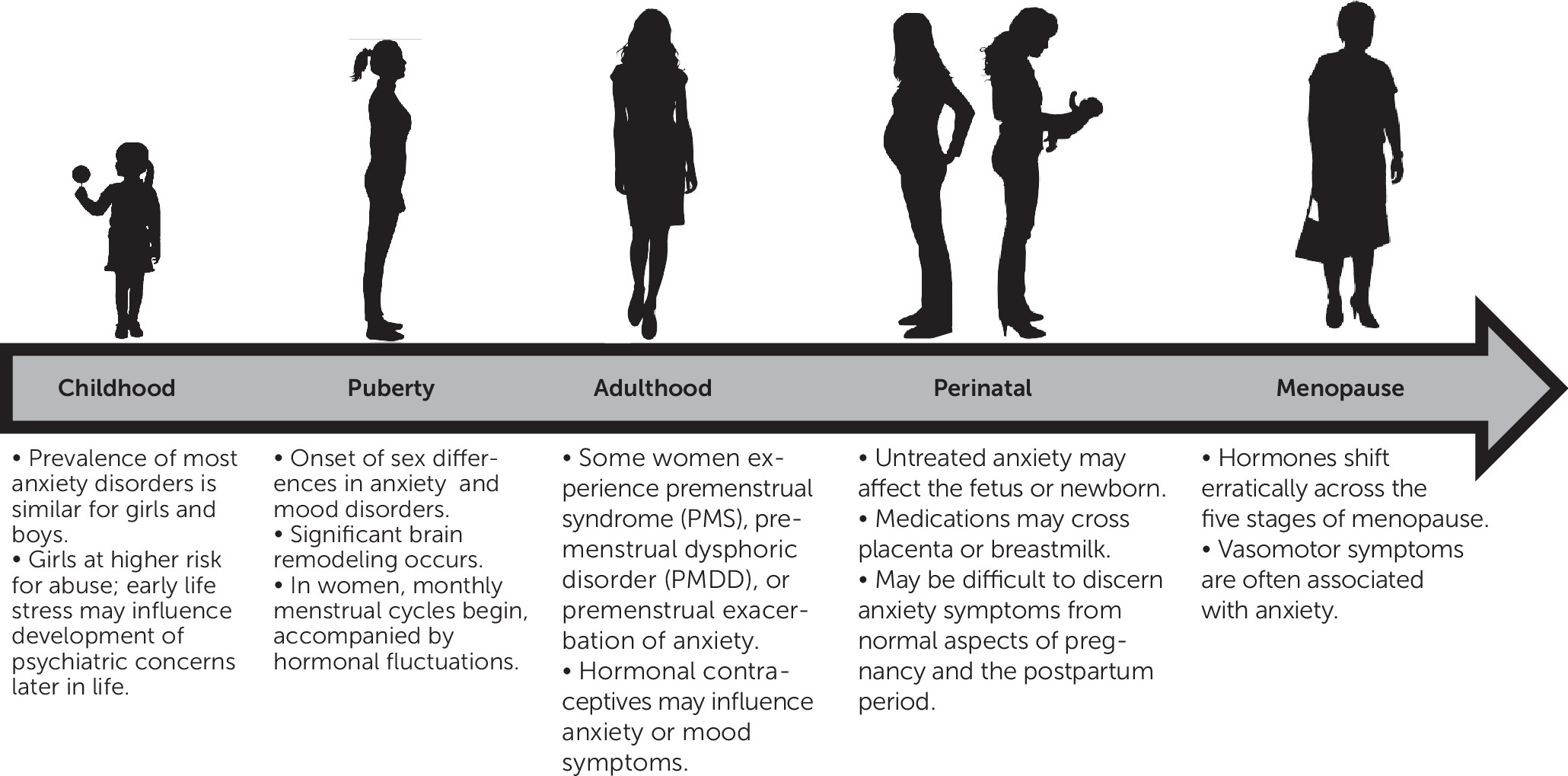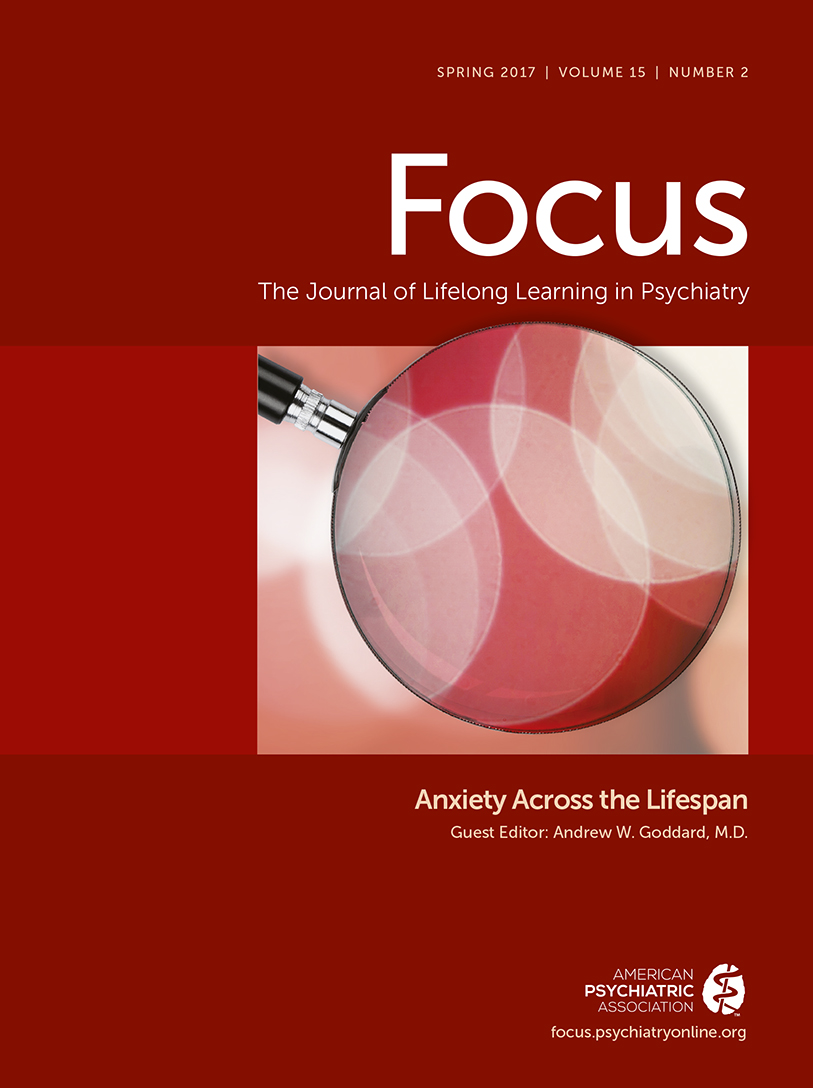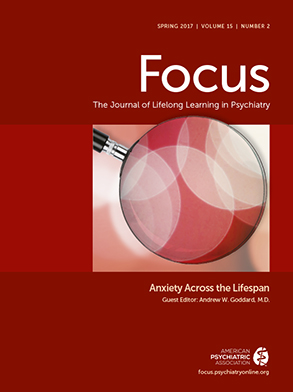Anxiety Disorders Among Women: A Female Lifespan Approach
Abstract

The Female Lifespan
Puberty
The Menstrual Cycle
Pregnancy and Postpartum
Menopausal Transition
Epidemiology of Anxiety Disorders Across the Female Lifespan
GAD
Panic Disorder
Specific Phobia
Social Anxiety Disorder
Anxiety in the Context of Menstrual Cycle Disorders
Biopsychosocial Underpinnings
Stressors
Coping and Cognitive Styles
Biological Factors
Assessment and Differential Diagnosis
Premenstrual Anxiety
Perinatal Anxiety
Perimenopausal Anxiety
Treatment and Outcomes
Treating Anxiety in the Premenstruum
Perinatal Anxiety—Balancing the Risks
Perimenopausal Anxiety—A Role for Hormones?
Conclusions and Future Directions
References
Information & Authors
Information
Published In
History
Keywords
Authors
Funding Information
Metrics & Citations
Metrics
Citations
Export Citations
If you have the appropriate software installed, you can download article citation data to the citation manager of your choice. Simply select your manager software from the list below and click Download.
For more information or tips please see 'Downloading to a citation manager' in the Help menu.
View Options
View options
PDF/EPUB
View PDF/EPUBLogin options
Already a subscriber? Access your subscription through your login credentials or your institution for full access to this article.
Personal login Institutional Login Open Athens loginNot a subscriber?
PsychiatryOnline subscription options offer access to the DSM-5-TR® library, books, journals, CME, and patient resources. This all-in-one virtual library provides psychiatrists and mental health professionals with key resources for diagnosis, treatment, research, and professional development.
Need more help? PsychiatryOnline Customer Service may be reached by emailing [email protected] or by calling 800-368-5777 (in the U.S.) or 703-907-7322 (outside the U.S.).

